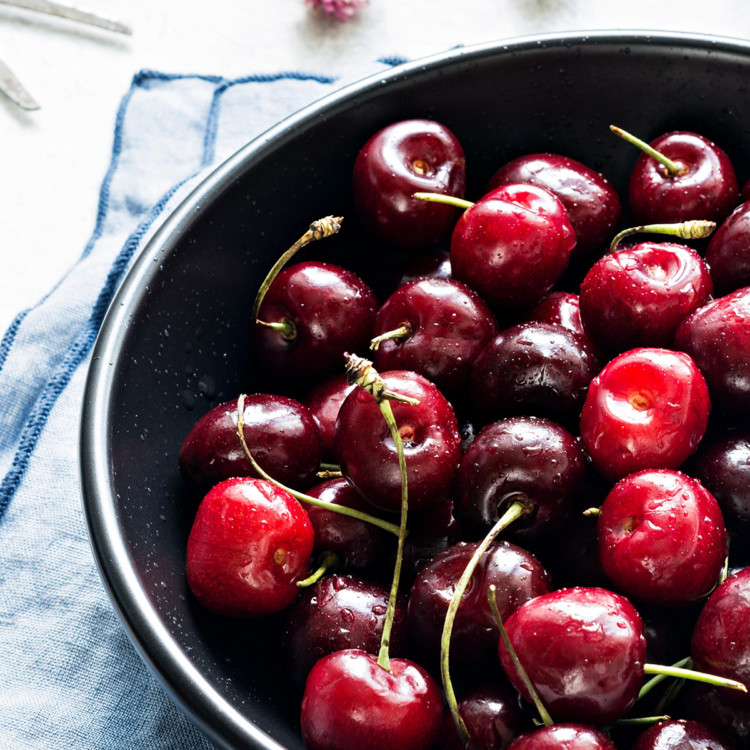
How to Pit Cherries
No, you don’t need a cherry pitter to pit cherries quickly and easily! This post explains how to pit cherries by hand using all sorts of methods — a straw, a toothpick, a paring knife, the list goes on! I also address the danger of eating cherry pits and why they’re best left uneaten.
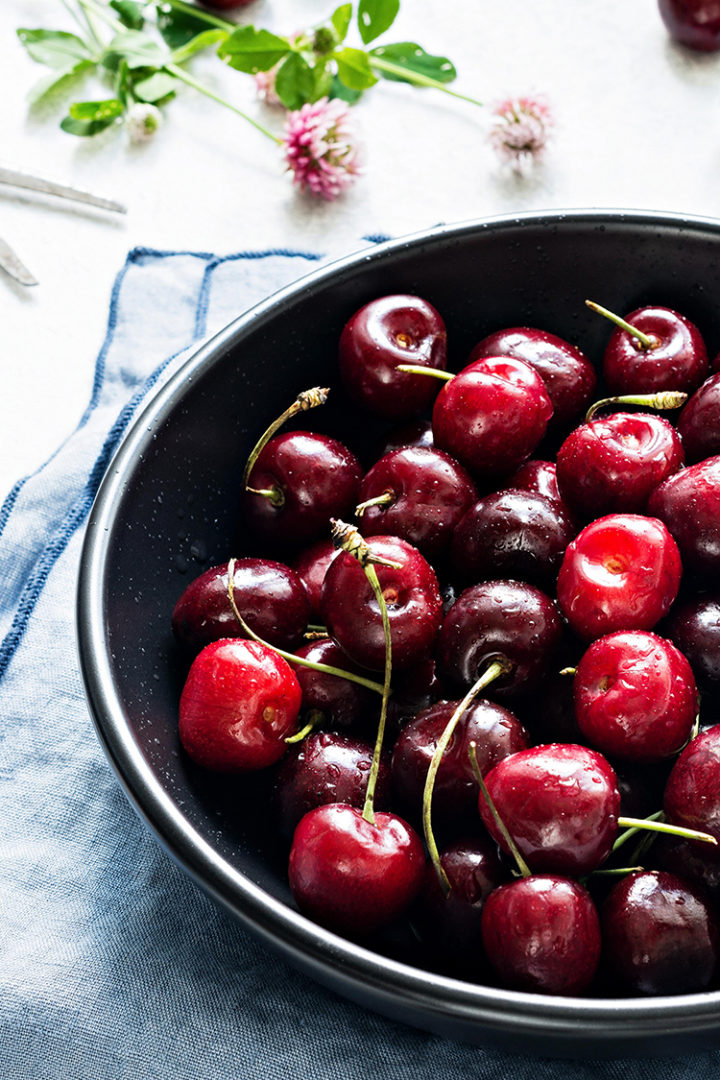
Unless you’re eating cherries as a snack and spitting out the pits as you nibble, chances are high that you’ll need to pit cherries before doing anything with them.
Whether you’re making cherry pie filling, a batch of jam, blending up a smoothie, or following any number of other fresh cherry recipes, knowing how to pit cherries by hand is so useful! (Not to mention that cherry pits pose a choking hazard to kids, so definitely read this post if you have toddlers!)
I also highly recommend pitting cherries if you plan on freezing them. Trust me, you do not want to attempt to pit frozen cherries!
This post will explain how to pit cherries with and without a cherry pitter, explain your options for storing pitted cherries, plus my favorite recipes using cherries.
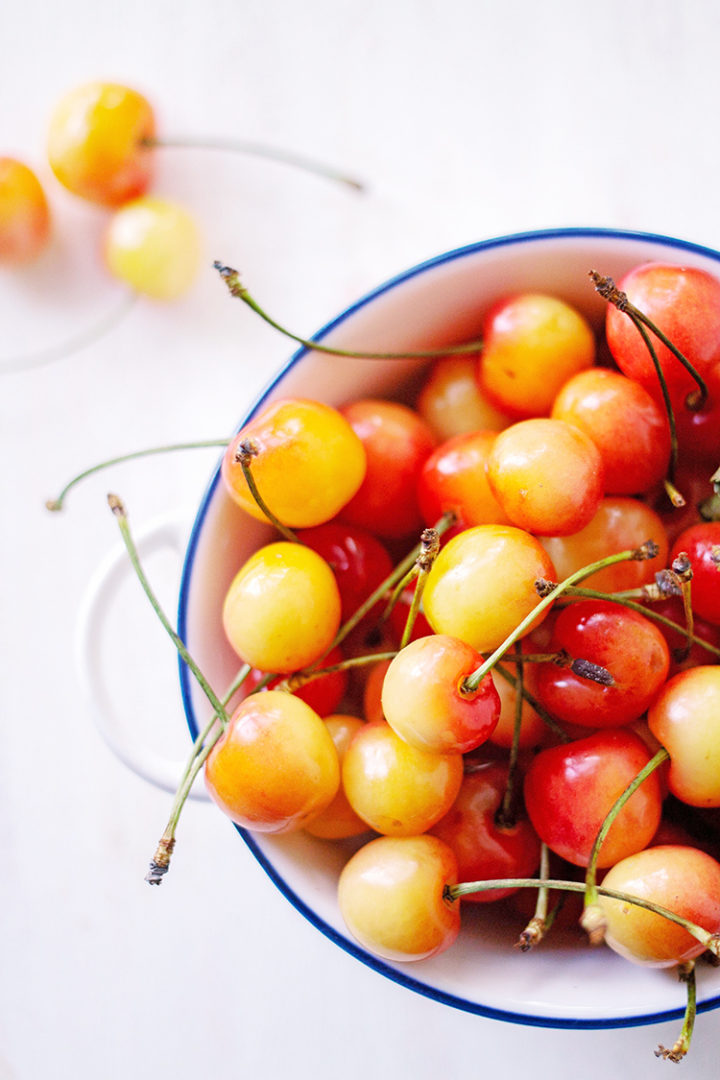
How to Select the Best Cherries
When selecting fresh cherries at the grocery store or farmers market, look for:
- Plump cherries that are vibrant in color (note that not all cherry varieties are uniformly red in color, so that’s not necessarily an indication of ripeness)
- Cherries without any visible bruises or cracks
- Cherries with flexible stems
- Cherries that are naturally shiny
How to Prepare Cherries Before Pitting Them
To prep fresh cherries for pitting, you should do the following:
- Remove the stems (they can be composted or thrown out).
- Place cherries in a colander and run under cold tap water to clean.
- Drain well, then pat dry with a clean kitchen towel.
- Proceed with pitting the cherries as instructed.
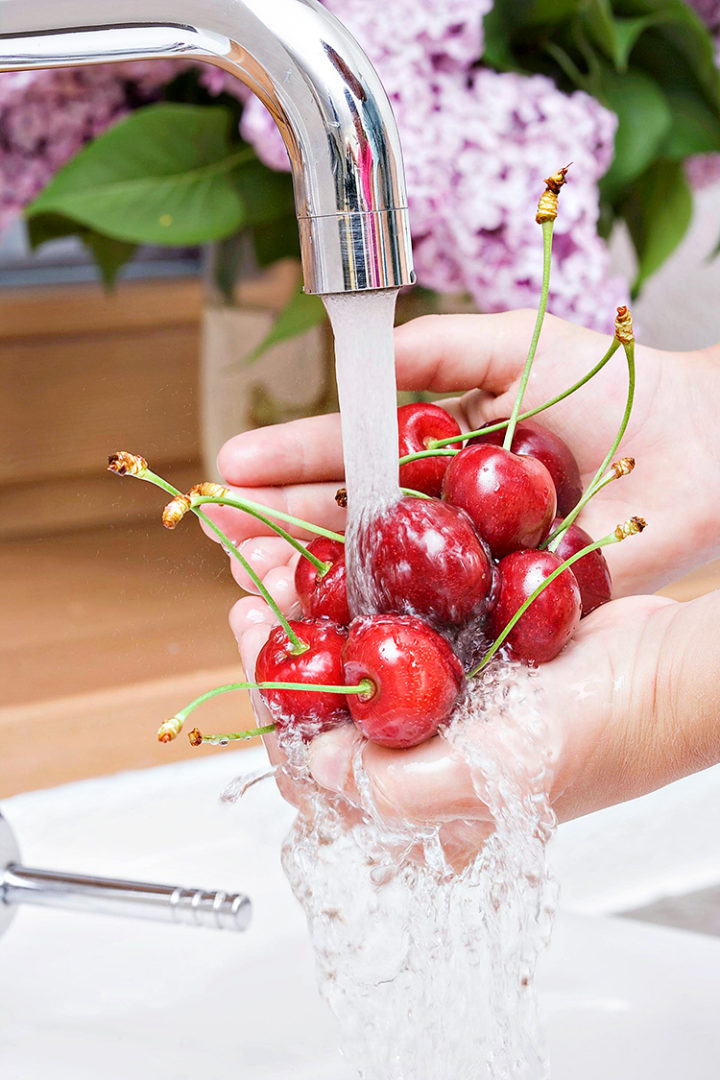
How to Pit Cherries Without a Cherry Pitter (6 Ways!)
There are so many easy ways to pit cherries by hand! I’ve found that the best way to pit cherries is with a paring knife or a piping tip.
However, there are so many everyday objects that can be used to pit cherries!
Option 1: Paring Knife (Recommended)
- Carefully work a paring knife around the flesh of the cherry, like you would to cut a peach in half.
- Twist the two halves of the cherry apart.
- Pluck the cherry pit out with your fingers.
Option 2: Piping Tip (Recommended)
- Place the piping tip tip-side up on your cutting board.
- Remove the stem from the cherry if you haven’t already.
- Push the stem side of the cherry over the piping tip until the pit pops out.
Katie’s Tip: A small round piping tip works best for this.
Option 3: Chopstick
- Remove the stem of the cherry.
- Push the smaller end of the chopstick through the stem side of the cherry.
- Keep pushing until the pit comes out.
Option 4: Paperclip
- Unbend the paperclip until it forms an S shape.
- Insert one end of the paper clip into the stem side of the cherry.
- Keep twisting until the pit comes out.
Option 5: Hair Pin
- Make sure you’re using a clean, never-been-used metal bobby pin.
- Push one side of the bobby pin through the stem side of the cherry until the pit comes out.
Option 6: Straw
- Remove the stem from the cherry.
- Press the straw through the stem side of the cherry until the pit comes out.
Katie’s Tip: This works best with a reusable metal straw.
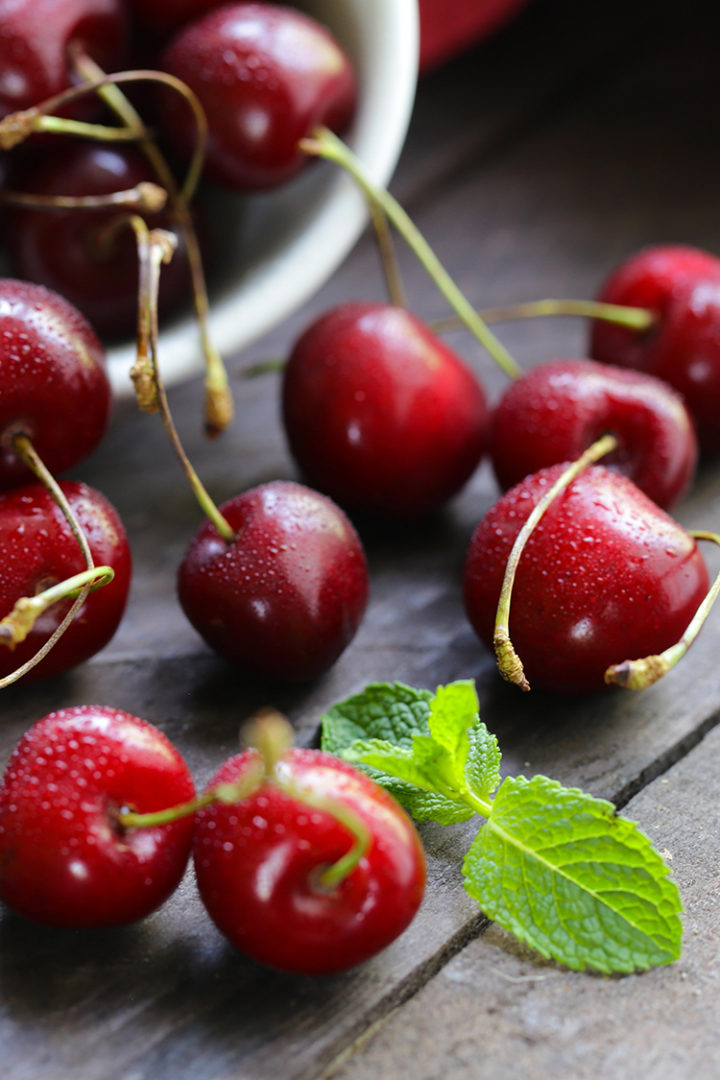
How to Pit Cherries with a Cherry Pitter
Pitting cherries with a cherry pitter is an almost foolproof process! You can purchase cherry pitters that pit cherries one at a time (which can take a while if making a pie) or cherry pitters that pit cherries in bulk.
Katie’s Tip: To pit cherries with a cherry pitter, follow the manufacturer’s instructions. Generally you just have to place the cherry into the cherry pitter, then press down firmly to remove pit. So simple!
My Favorite Cherry Pitters
If you make a lot of pies, grow cherries in your yard to can or freeze, or just love eating cherries, a bulk cherry pitter may be a good investment for you!
- Cherry pitter with attached stone catcher
- 6-Cherry cherry pitter
- 6-cherry cherry pitter with attached stone catcher
For casual snacking, you may be okay with just a single cherry pitter:
- Cherry and olive pitter (this is the one I have and love)
- Heavy duty cherry pitter
- Space saving cherry pitter
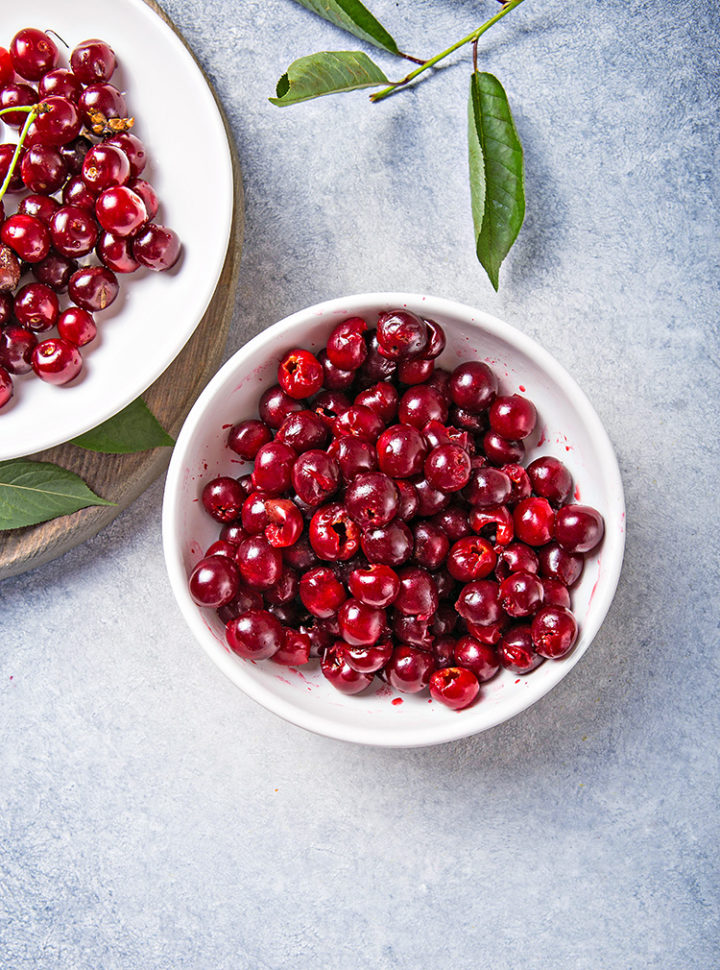
FAQs About Pitting Cherries
Got questions about how to make this recipe? Here are the answers to a few commonly asked questions. Feel free to leave any other questions in the comments on this post and I’ll respond with answers.
Do All Cherries Have Pits?
Yep, afraid so! Cherries are a stone fruit, so the flesh always surrounds a small pit.
Cherries can be sold in stores without their pits (such as with maraschino or dried cherries), but they’re only pit-free because the pit was manually removed.
Can You Eat Cherry Pits?
No! Cherry pits are incredibly hard and could damage your teeth. Moreover they should never be chewed or crushed as they contain small amounts of cyanide.
Are Cherry Pits Poisonous?
In large quantities, yes. The amygdalin in cherry pits is converted to cyanide in the body; cyanide, of course, is poisonous. You’d have to eat a lot of cherry pits to feel the negative side effects, but regardless it’s not recommended that you purposely ingest cherry pits.
What Happens if You Eat a Cherry Pit?
If you eat just one or two pits by mistake, you should be fine. Your body can digest the small amount and not suffer any side effects.
If you eat a large quantity of cherry pits, the body converts the amygdalin contained in the cherry pit into cyanide. Large doses can cause loss of consciousness, seizures, and even death. So … please don’t eat cherry pits.
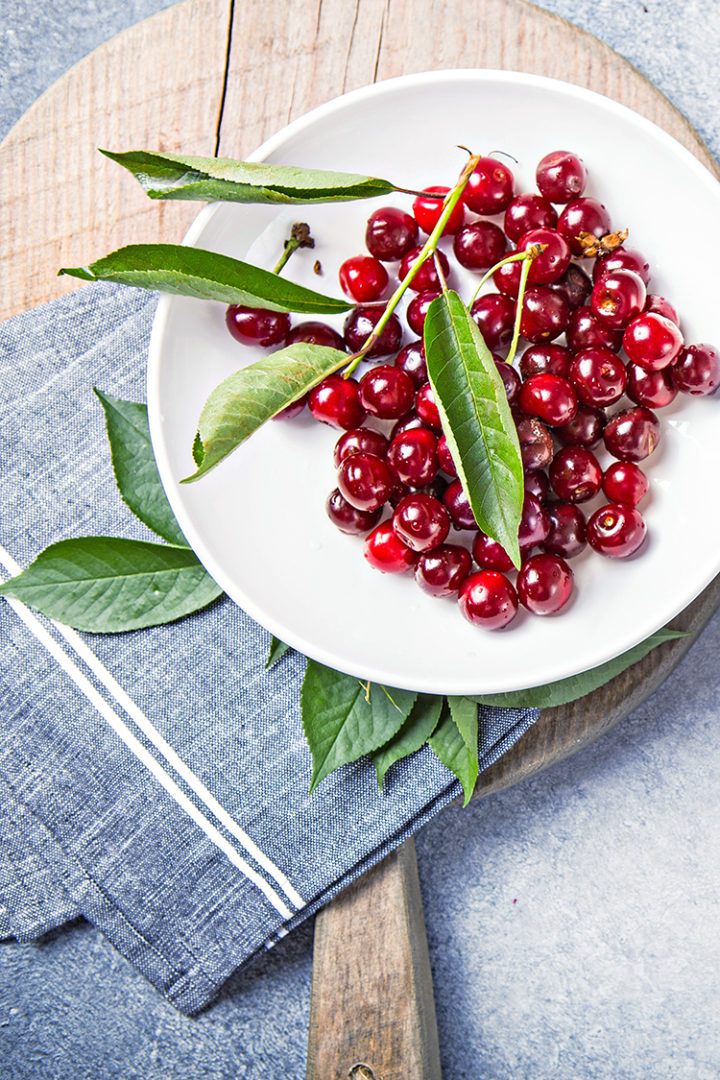
Is it Possible to Pit Cherries Without Removing the Stem?
Yes, but you’ll need to do so one cherry at a time. Make a cut in the bottom with a paring knife and then fish the pit out. This method takes some patience!
Can You Pit Cherries in Bulk?
Yes, but to do so you’d need to buy a bulk cherry pitting tool (I’ve listed my favorite in the section above). As far as I know, you can’t pit cherries in bulk by hand.
Can Cherries Be Pitted in Advance?
Absolutely! Pit them in advance and then store them in the fridge or freezer. Note that once the pits have been removed, cherries cannot sit at room temp.
Storage and Freezing Instructions
Once pitted, cherries should be stored in an airtight container in the fridge. They’ll last up to five days.
I also love freezing cherries for future baking projects, smoothies, and slushies. I have an entire guide that walks you through how to freeze cherries, so check it out for full instructions.
Easy Cherry Recipes to Try
Knowing how to pit cherries is just the beginning! Once you’ve pitted all those cherries, you can make all kinds of desserts, salads, and sauces with them. Here are my favorite cherry recipes to date.
Cherry Limeade Slushies
Homemade slushies like this recipe for a Cherry Limeade Slushie are perfect for summer and they’re super easy to make!
Black Cherry Pomegranate Cobbler
This Black Cherry Pomegranate Cobbler will remind you of summer camp cherry pie dump cake without the canned pie filling and box mixes. It features sweet black cherries with a hint of pomegranate and a generous helping of crunchy, golden brown, buttery cobbler topping.
Cranberry Cherry Mango Smoothie
I just made this Cranberry Cherry Mango Smoothie the other day using a new Ocean Spray Cran-Cherry juice. It was so tasty I just had to share!
Cherry Vanilla Cupcakes
These cute Cherry Vanilla Cupcakes have bits of real maraschino cherry in the bright pink Cherry Vanilla Buttercream. They're the perfect treat for Valentine's Day
Zucchini Cherry Muffins with Streusel Topping
Even with the streusel topping, these could be considered healthy muffins. The cherry really brightens up the zucchini.
Tangerine and Cherry Oatmeal
This recipe for Cherry Oatmeal is flavored with cinnamon and vanilla, has tart dried cherries and almonds, and is super simple to make thanks to soaking the steel cut oats overnight! With a few minutes of prep work the night before, you can have a delicious bowl of overnight steel cut oats in less than 10 minutes for your morning breakfast.
Chocolate Cherry Blossom Cookies
These Chocolate Cherry Blossom Cookies have chopped maraschino cherries in the dough and are topped with a Hershey's Kiss while they're still warm.
Cherry Chocolate Almond Muffins
Cherry and chocolate are a perfect combination! The crunch of nuts really makes these interesting and I know your kids will love eating them for breakfast!
Cherry Limeade Cupcakes
If you love grabbing a cherry limeade from the gas station or at happy hour, you'll love the flavor combo of these cupcakes!
More Summer Kitchen Tutorials:
Freezing raspberries is a wonderful way to enjoy summer’s harvest year-round! This guide explains how to freeze raspberries, plus it answers the most commonly asked questions about thawing frozen raspberries and using them in recipes.
Learn how to freeze blueberries, plus get answers to FAQs about thawing frozen blueberries and using them in recipes.
Freezing sweet corn preserves its shelf life and means you’ll enjoy the taste of summer year-round! In this post, I’ll explain how to freeze corn both on and off the cob.
This guide explains how to freeze strawberries, plus it answers the most commonly asked questions about thawing frozen strawberries and using them in recipes.
Freezing tomatoes is the perfect way to preserve them for using in soups and sauces year-round. This post will explain the best way to freeze tomatoes, whether or not they should be blanched before being frozen, and more!
Who doesn’t love a good kitchen tip? Looking for more kitchen tutorials? Check out the entire Kitchen Tips and Tricks archive for lots of great ideas!
Stay Inspired in the Kitchen!
Want more delicious recipes, kitchen tips, and meal inspiration? Sign up for the Good Life Eats Newsletter and get:
✔ Tried-and-true recipes—from quick weeknight meals to special occasion favorites.
✔ Seasonal meal ideas—helping you make the most of fresh, in-season ingredients.
✔ Time-saving kitchen tips—boosting your confidence and creativity in the kitchen.
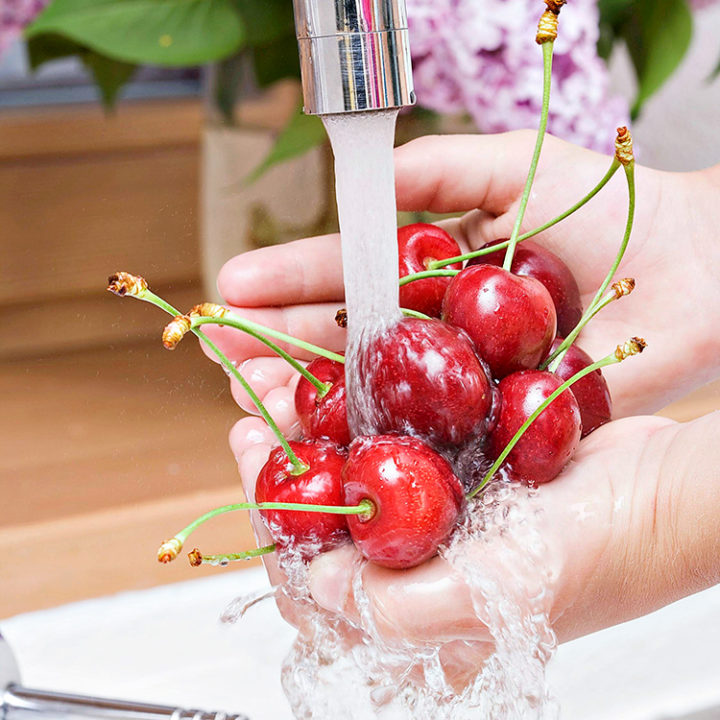
How to Pit Cherries
This tutorial explains how to pit cherries by hand using all sorts of methods — a straw, a toothpick, a paring knife, the list goes on!
Materials
- Fresh Cherries (any variety)
Tools
- Paring Knife
- Piping Tip
- Chopstick
- Paper Clip
- Hair Pin
- Metal Straw
Instructions
- Remove the stems (they can be composted or thrown out).
- Place cherries in a colander and run under cold tap water to clean.
- Drain well, then pat dry with a clean kitchen towel.
- Proceed with pitting the cherries as instructed.
- Carefully work a paring knife around the flesh of the cherry, like you would to cut a peach in half.
- Twist the two halves of the cherry apart.
- Pluck the cherry pit out with your fingers.
- Place the piping tip tip-side up on your cutting board. (Tip: A small round piping tip works best for this.)
- Remove the stem from the cherry if you haven’t already.
- Push the stem side of the cherry over the piping tip until the pit pops out.
- Remove the stem of the cherry.
- Push the smaller end of the chopstick through the stem side of the cherry.
- Keep pushing until the pit comes out.
- Unbend the paperclip until it forms an S shape.
- Insert one end of the paper clip into the stem side of the cherry.
- Keep twisting until the pit comes out.
- Make sure you’re using a clean, never-been-used metal bobby pin.
- Push one side of the bobby pin through the stem side of the cherry until the pit comes out.
- Remove the stem from the cherry.
- Press the straw through the stem side of the cherry until the pit comes out. (Tip: This works best with a reusable metal straw.)
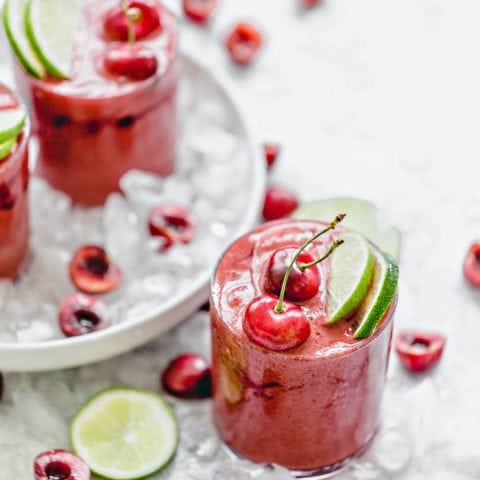
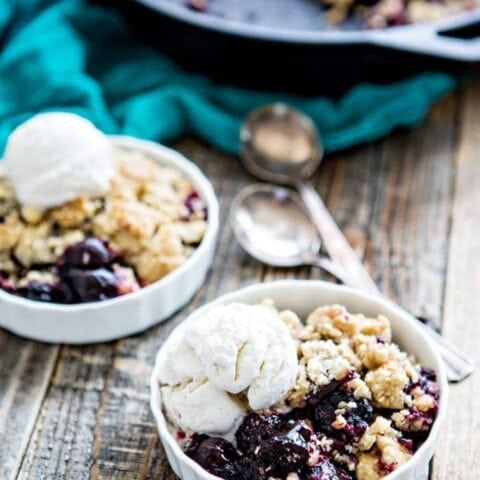



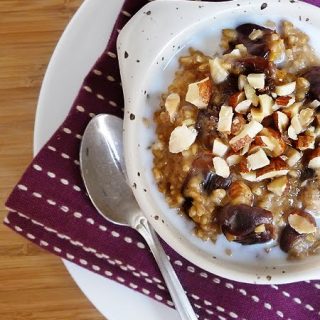

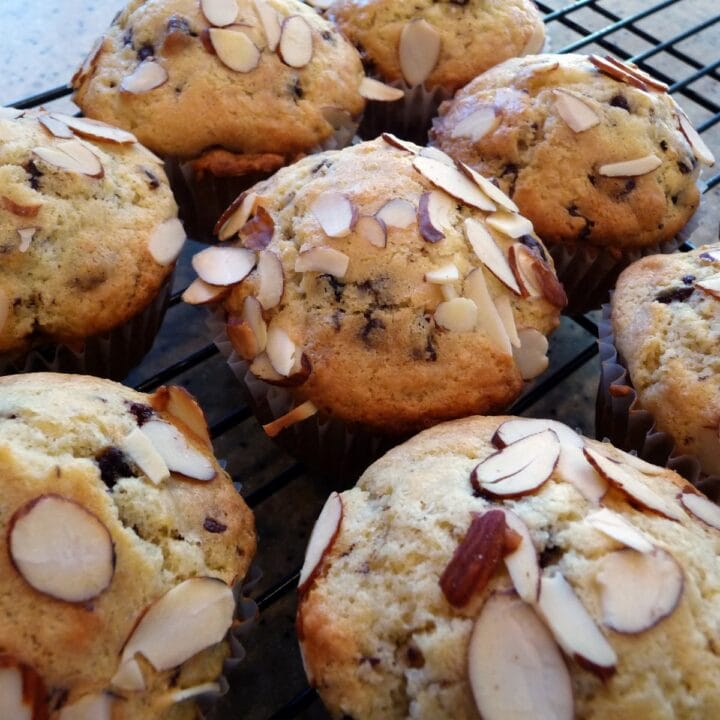

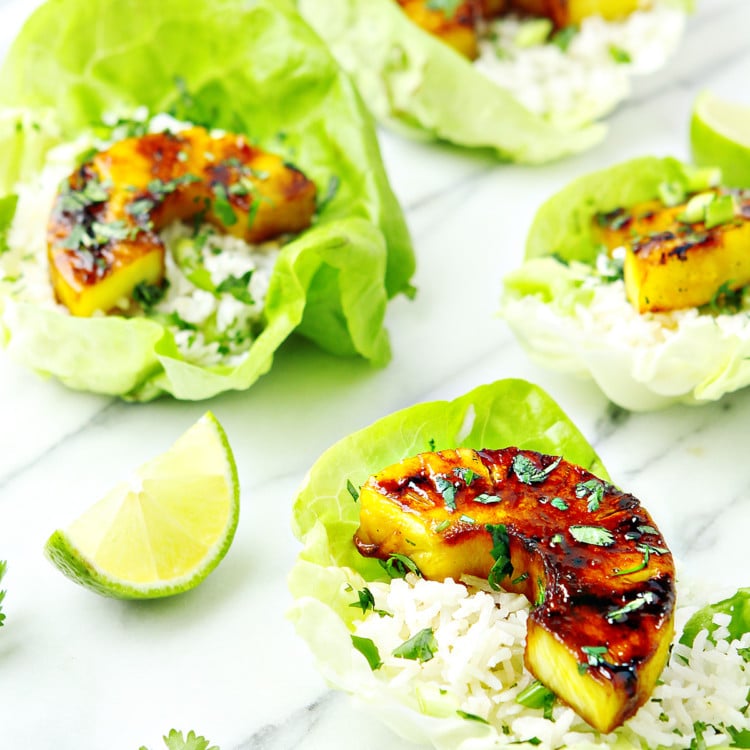
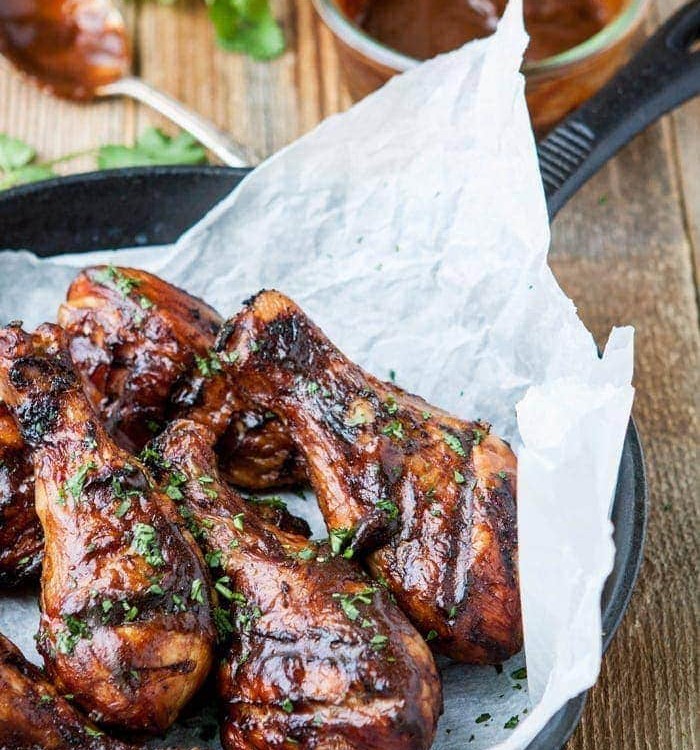
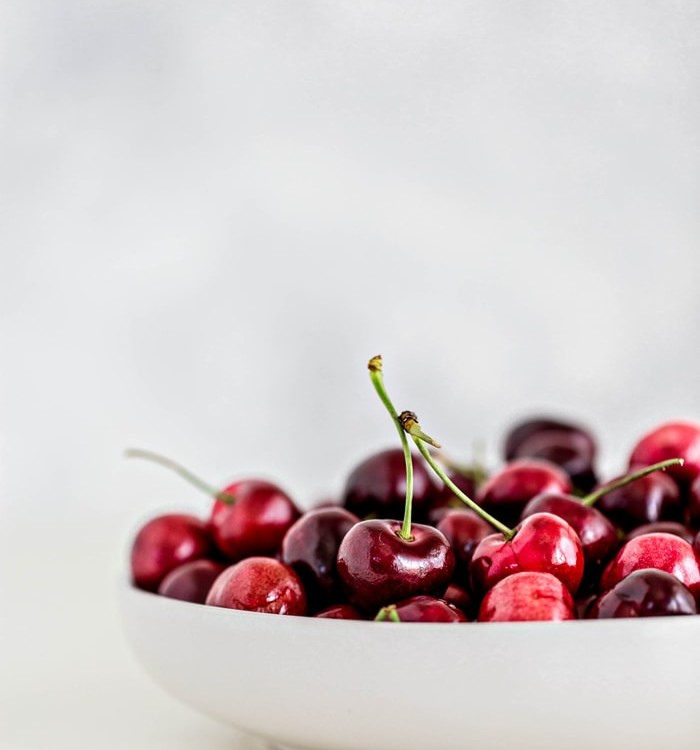
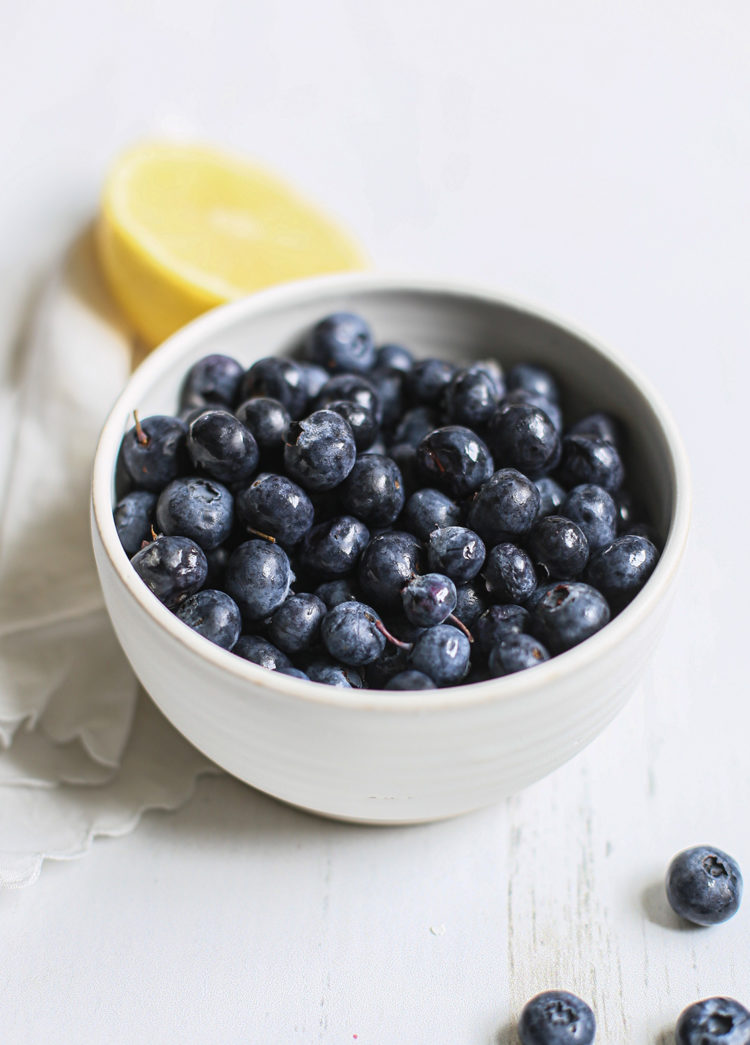

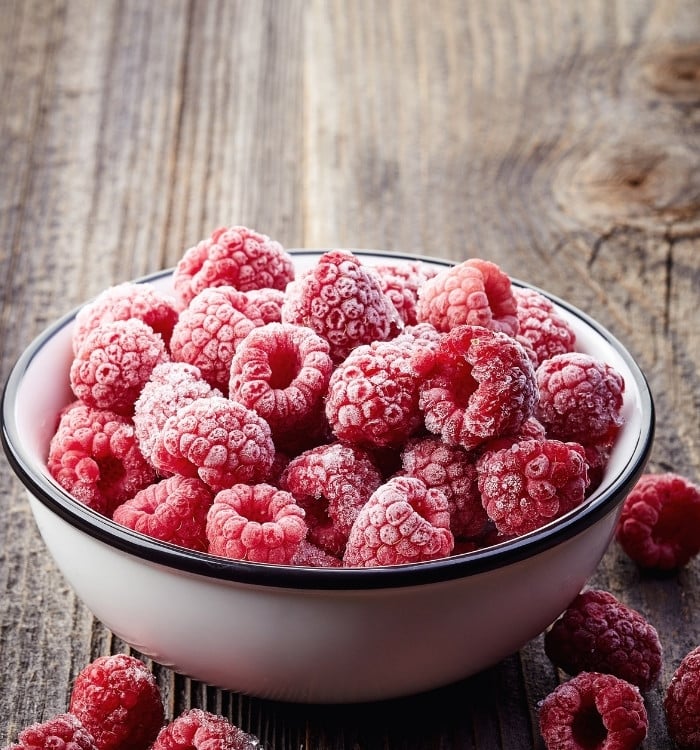
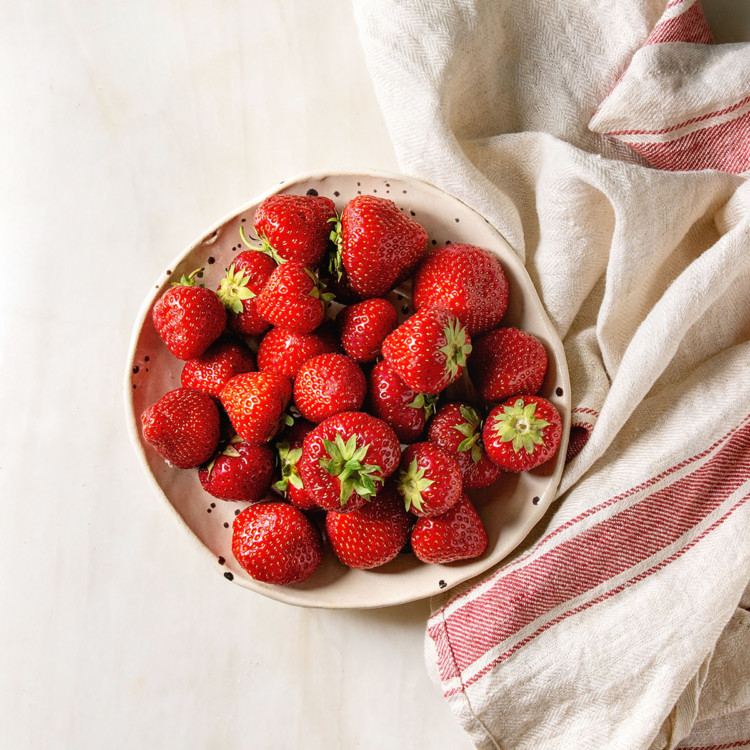
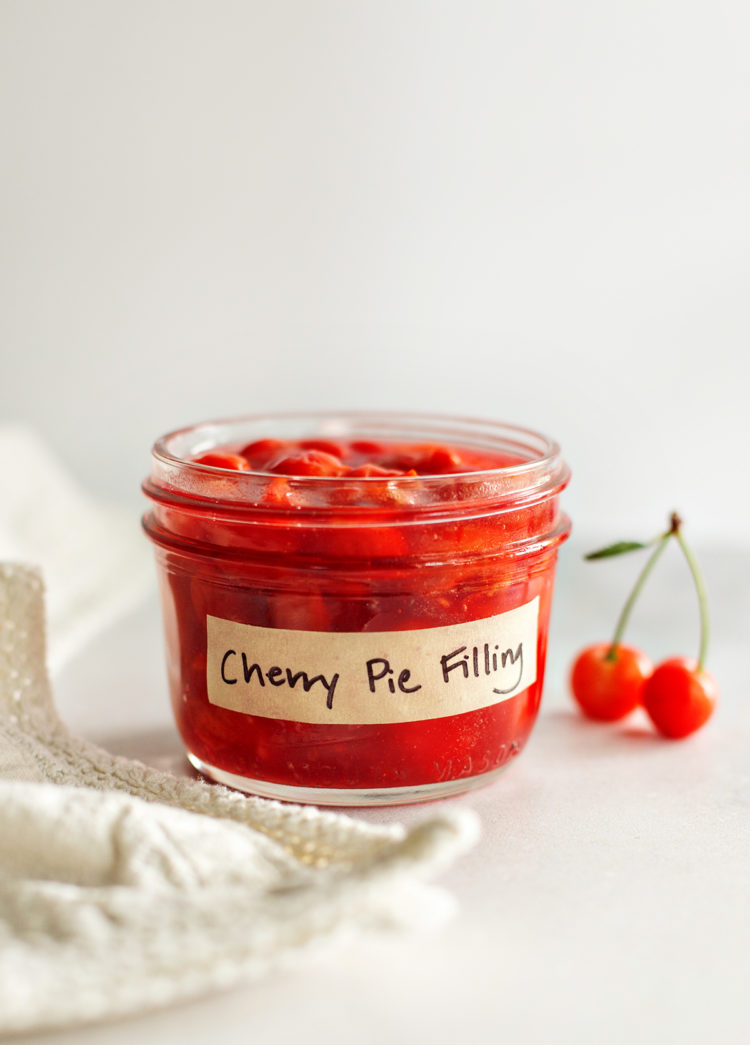
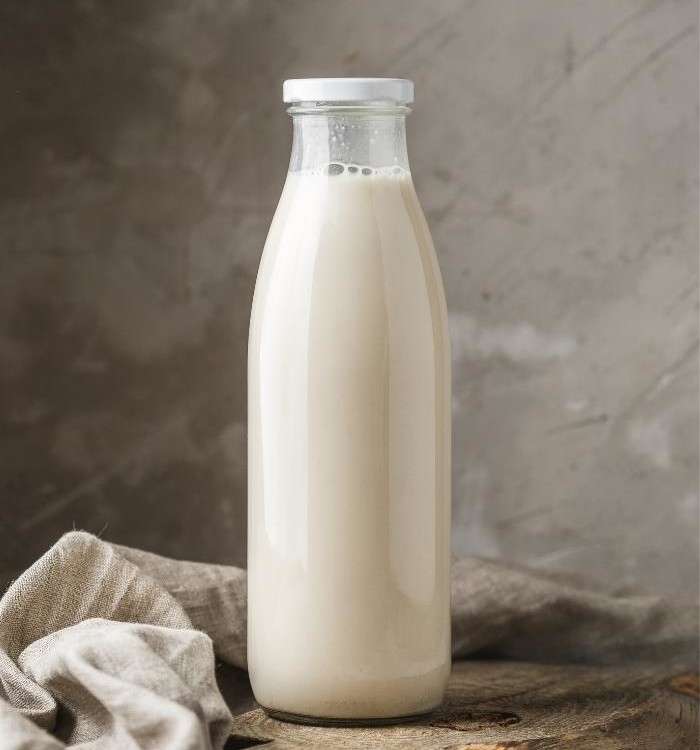
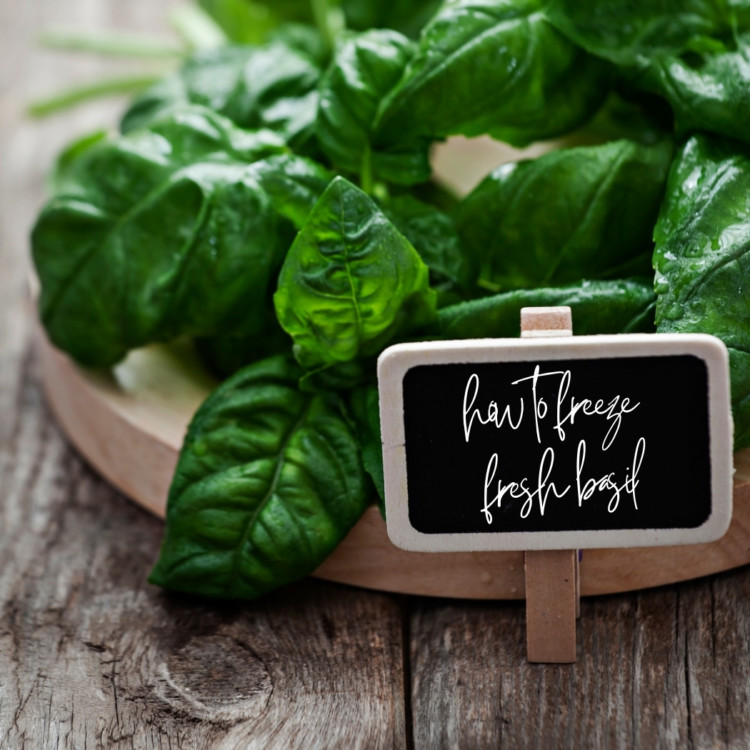

Leave a Comment